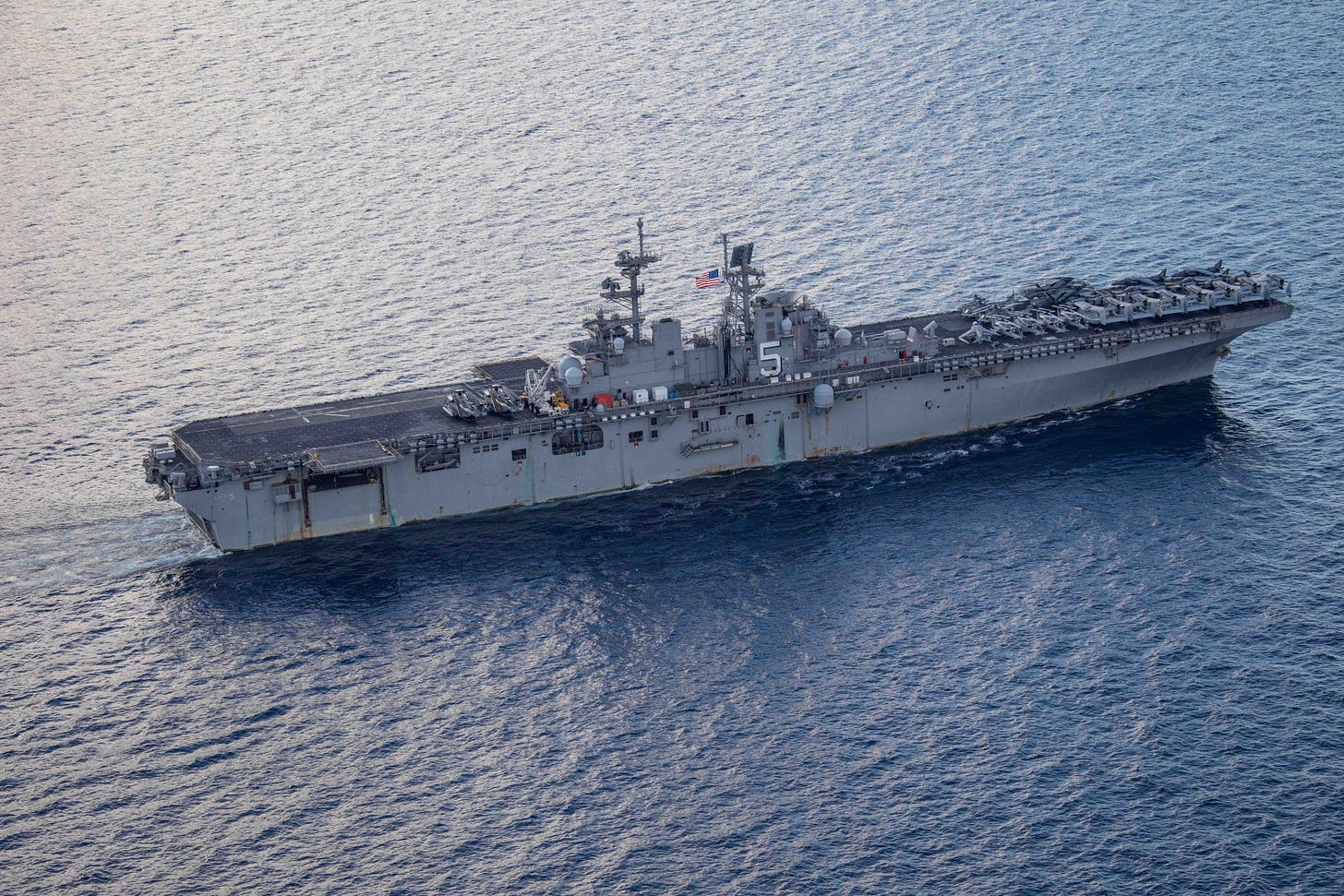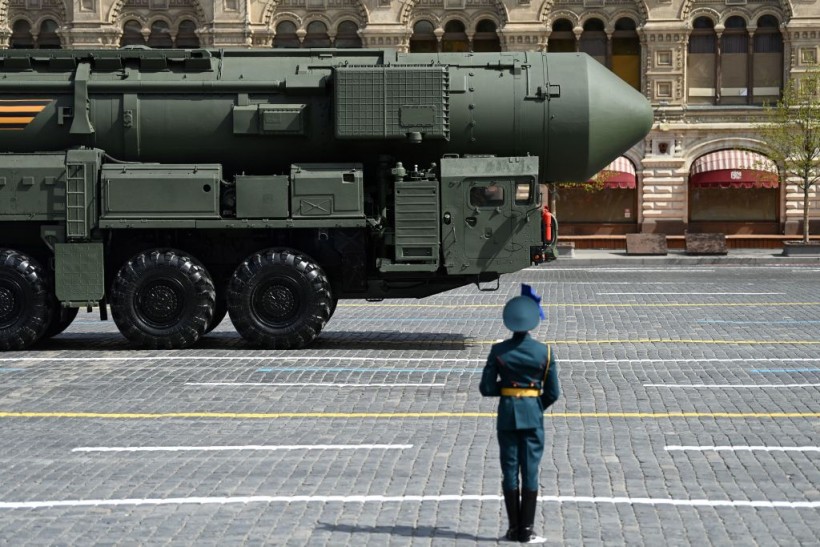Agnès Callamard
After more than four months of conflict, Israel’s campaign of retaliation against Hamas has been characterized by a pattern of war crimes and violations of international law. Israel’s stated justification for its war in Gaza is the elimination of Hamas, which is responsible for the horrific crimes committed during its October 7 attack on Israel: 1,139 people, mostly Israeli civilians, killed; thousands more wounded; a yet unknown number of women and girls subjected to sexual violence; and 240 people taken hostage, many of whom are still held by Hamas.
In response, Israel forcibly displaced Palestinians, imposing conditions that have left hundreds of thousands without basic human necessities. It has carried out indiscriminate, disproportionate, and direct attacks on civilians and “civilian objects,” such as schools and hospitals. Some 28,000 Palestinians have been killed, the majority of them women and children. Vast sections of Gaza have been pulverized; a fifth of its infrastructure and most of its homes are now damaged or destroyed, leaving the region largely uninhabitable. Israel imposed a prolonged blockade, denying Palestinians adequate food, potable water, fuel, Internet access, shelter, and medical care: action amounting to collective punishment. It is detaining Gazans in inhumane and degrading conditions, and Israel admits that some of those detained have already died. Meanwhile, in the West Bank, violence against Palestinians by Israeli forces and settlers has increased markedly.
The United States and many Western countries have supported Israel, providing military assistance, opposing calls for a cease-fire at the United Nations, stopping funding of the UN Relief and Works Agency serving Palestinian refugees, and rejecting South Africa’s genocide case against Israel at the International Court of Justice (ICJ), even as the carnage continued to unfold.






/cdn.vox-cdn.com/uploads/chorus_image/image/73058447/JunCen_Vox_Space.0.jpg)



